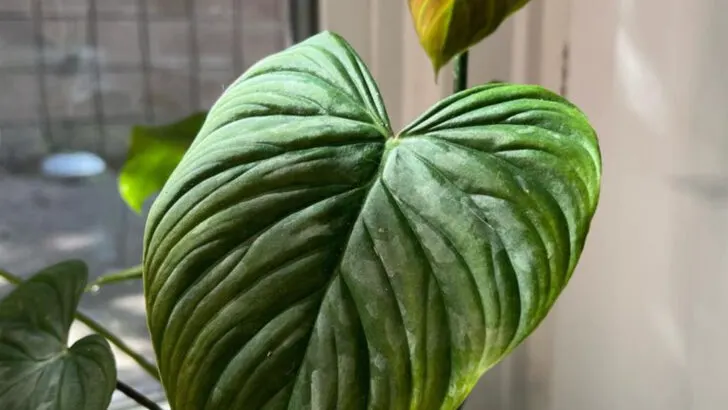Caring for plants can sometimes feel like guesswork—especially when it comes to watering. Overwatering or underwatering is one of the most common reasons plants struggle or even die. But what if your plants could tell you exactly when they need water? Luckily, some plants have natural ways of signaling their thirst, so you never have to second-guess again.
In this list of 19 smart plants, you’ll discover species that communicate their needs through visual cues like drooping leaves, color changes, or even subtle movements. These plants not only warn you when they need a drink but are also incredibly resilient, quickly bouncing back once you provide care. Perfect for both beginners and busy plant lovers, these varieties make watering much less stressful.
By learning to recognize these natural signals, you’ll build a stronger connection with your plants and become more confident in your care routine. Whether you want low-maintenance greenery or a more interactive gardening experience, these 19 plants will keep your home vibrant and healthy—without the guesswork.
Peace Lily
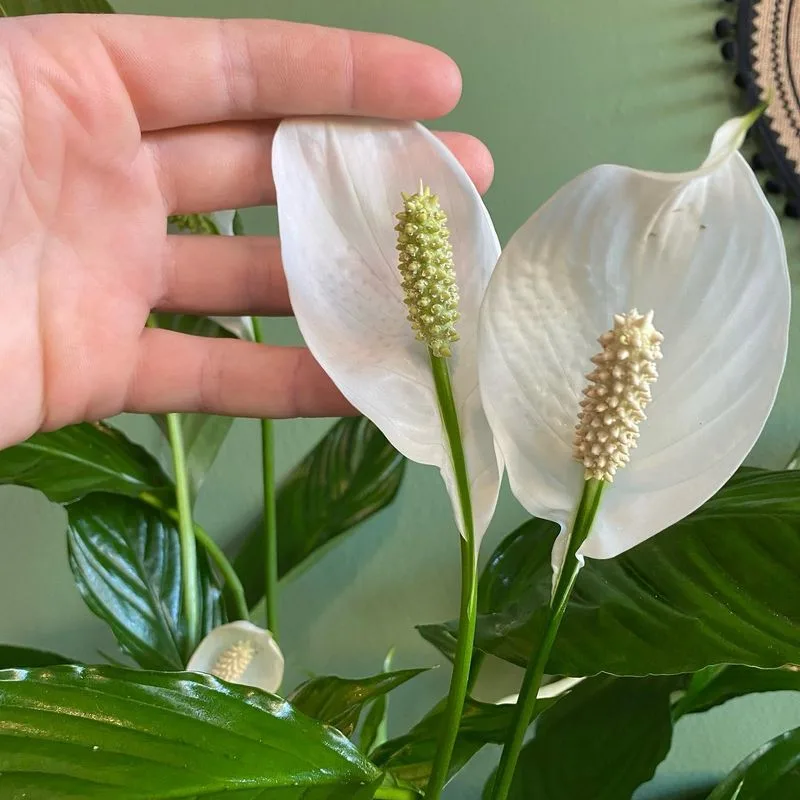
Ever notice a peace lily with its leaves sagging down? This plant is a natural communicator, signaling its need for water with a graceful droop. Once hydrated, it perks back up, showcasing its glossy, dark leaves and pristine white flowers. Adaptable to varying light conditions, the peace lily thrives in indoor environments. An air-purifying powerhouse, it not only beautifies spaces but also promotes a healthier atmosphere. Keep an eye on its leaves—they’re your cue for watering. A fascinating fact: peace lilies are native to the tropical rainforests of Colombia and Venezuela.
Boston Fern

Curled fronds and dry tips are the Boston fern’s way of saying it’s thirsty. This plant, with its feathery, arching fronds, adds a touch of the tropics to your home. Preferring a humid environment, it thrives in bathrooms or kitchens. Mist it regularly and ensure the soil stays moist for a happy fern. In cooler climates, it can serve as a lovely indoor plant year-round. Historically, ferns have been around since the age of dinosaurs, making them one of the oldest plant species still thriving today.
Fiddle Leaf Fig
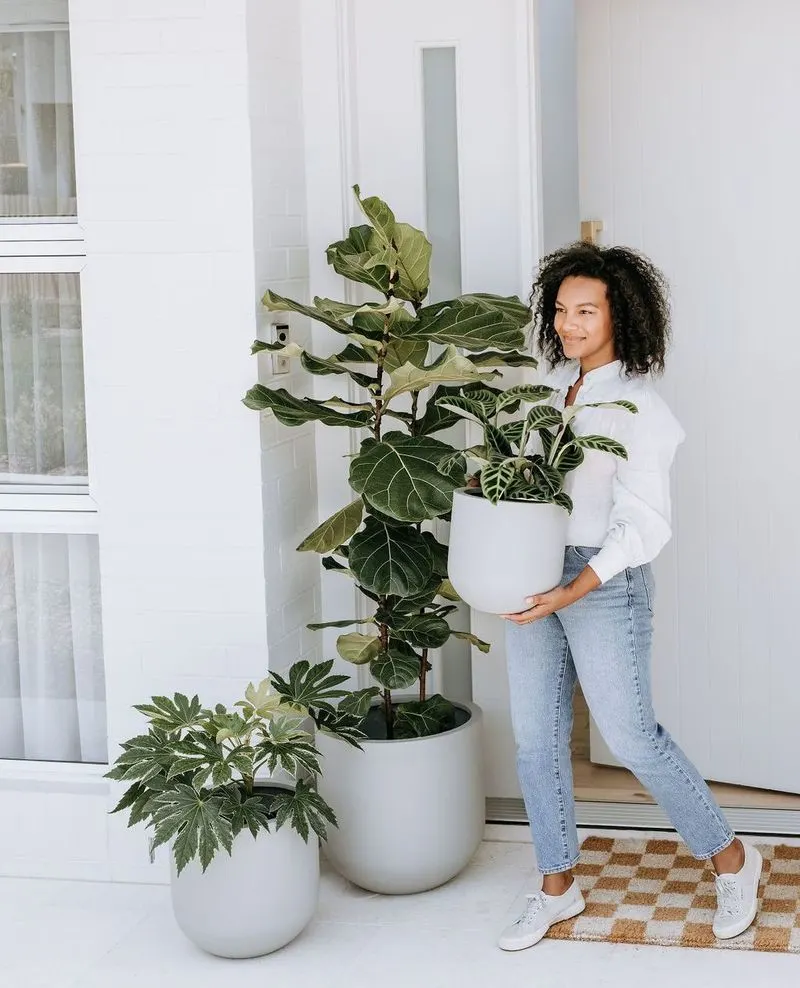
Large, violin-shaped leaves characterize the fiddle leaf fig, a plant that prefers bright, indirect light. When thirsty, its leaves begin to droop slightly, offering a gentle reminder for a drink. With origins in the rainforests of West Africa, this plant can grow impressively tall, making it a striking focal point in any room. Be cautious not to overwater; the fiddle leaf fig prefers its soil to dry out between watering. Known for its dramatic flair, it’s a favorite among interior designers looking to add life to modern spaces.
Aloe Vera
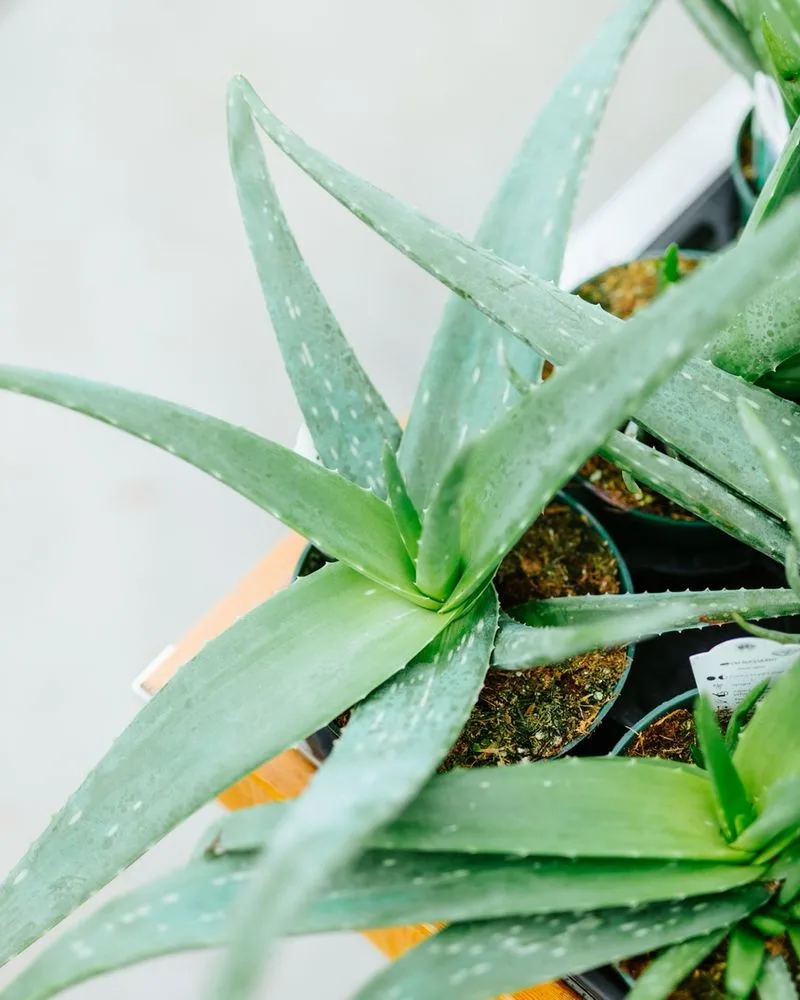
Aloe vera, with its fleshy, succulent leaves, thrives in sunny environments. When thirsty, its leaves may curl slightly inward—a signal it’s time for a sip. This plant is not just a visual delight but also offers soothing gel often used for skin irritations. Originating from the Arabian Peninsula, aloe vera has been cultivated for medicinal purposes for thousands of years. Its resilience makes it a perfect plant for beginners, as it requires minimal care. Just a splash of water when the soil feels dry, and it’s content.
Jade Plant
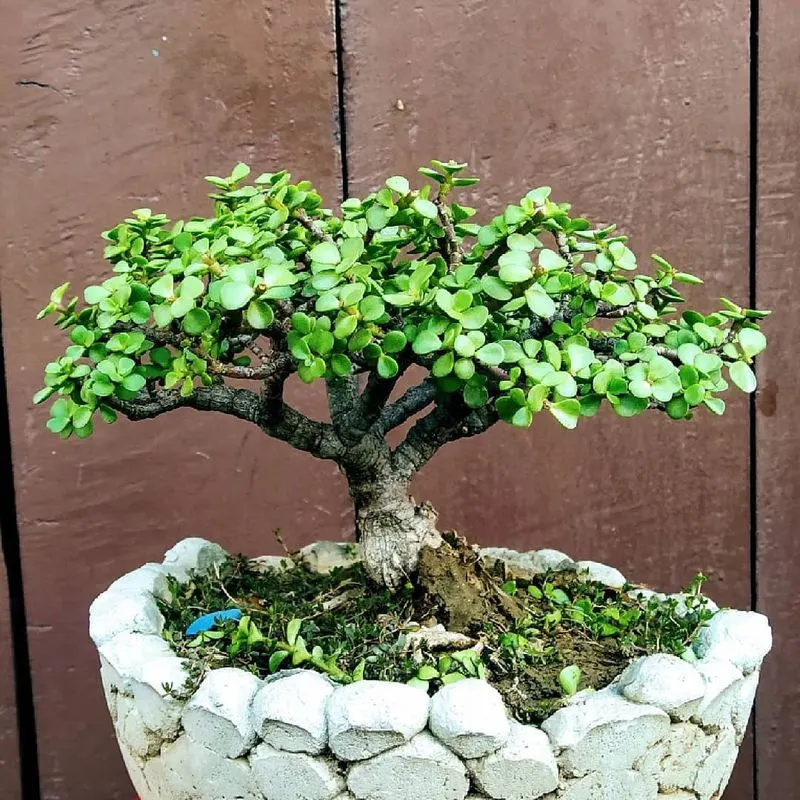
Jade plants, known for their thick, oval leaves, signal their thirst when the leaves become wrinkled or soft. This succulent, with its miniature tree appearance, is believed to bring good luck and prosperity. It thrives in bright, indirect sunlight and prefers its soil to dry out between watering. Originating from South Africa, jade plants are a staple in many homes due to their longevity and low maintenance. A fun tidbit: they are often called the “money plant” due to their coin-shaped leaves, symbolizing wealth.
Spider Plant
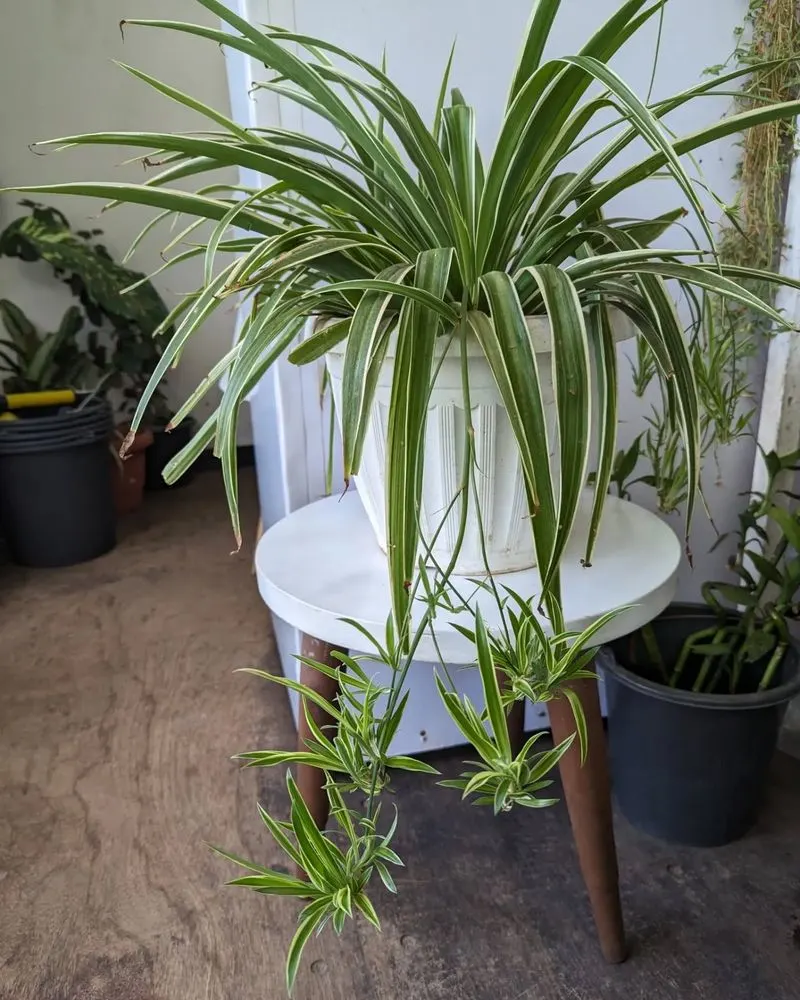
Spider plants, with their long, arching leaves, are a popular choice for hanging baskets. These hardy plants indicate thirst when the leaf tips start to brown. Known for their air-purifying qualities, they thrive in a wide range of conditions and are particularly forgiving to forgetful waterers. Originating from South Africa, spider plants produce “babies,” or offsets, that dangle down and can be propagated into new plants. Their resilience and ability to adapt make them perfect companions in any household, needing just a little water to revive.
Snake Plant
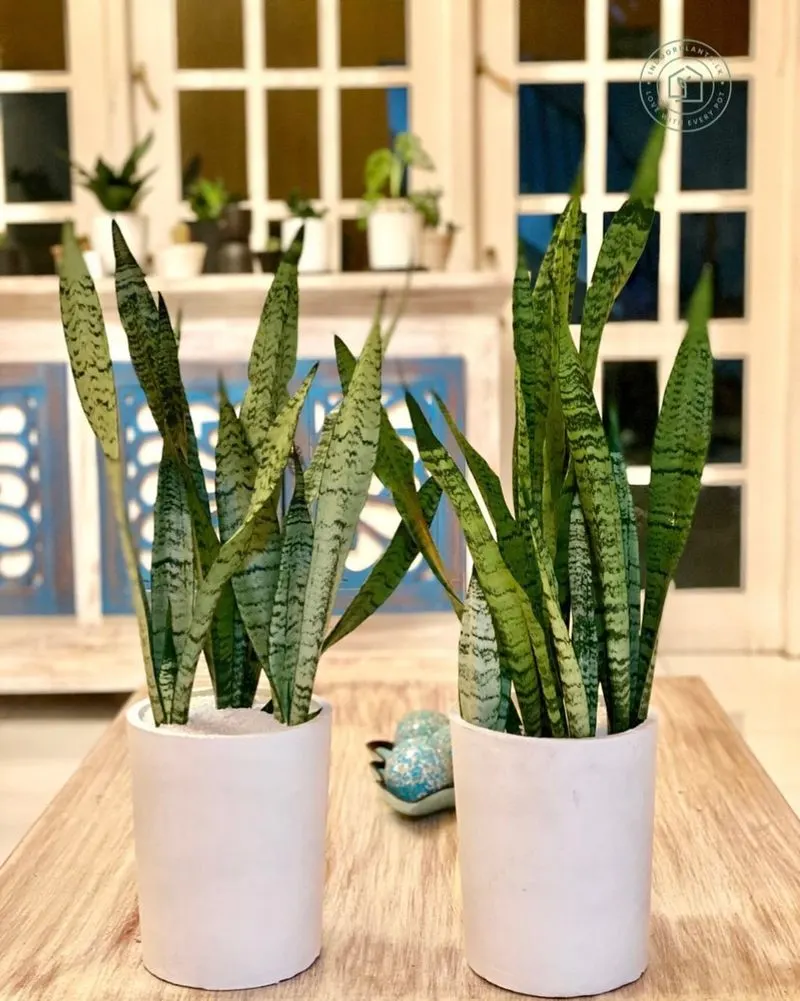
Known as the “mother-in-law’s tongue,” the snake plant’s tall, upright leaves are both ornamental and functional. These hardy plants are incredibly resilient, thriving in low light. When thirsty, their leaves may show slight wrinkling. Snake plants are excellent at improving indoor air quality, filtering out toxins. They appreciate a bit of neglect and prefer their soil to dry out completely between watering. Originating from West Africa, they are a staple in many homes and offices due to their architectural appeal and ease of care.
Begonia
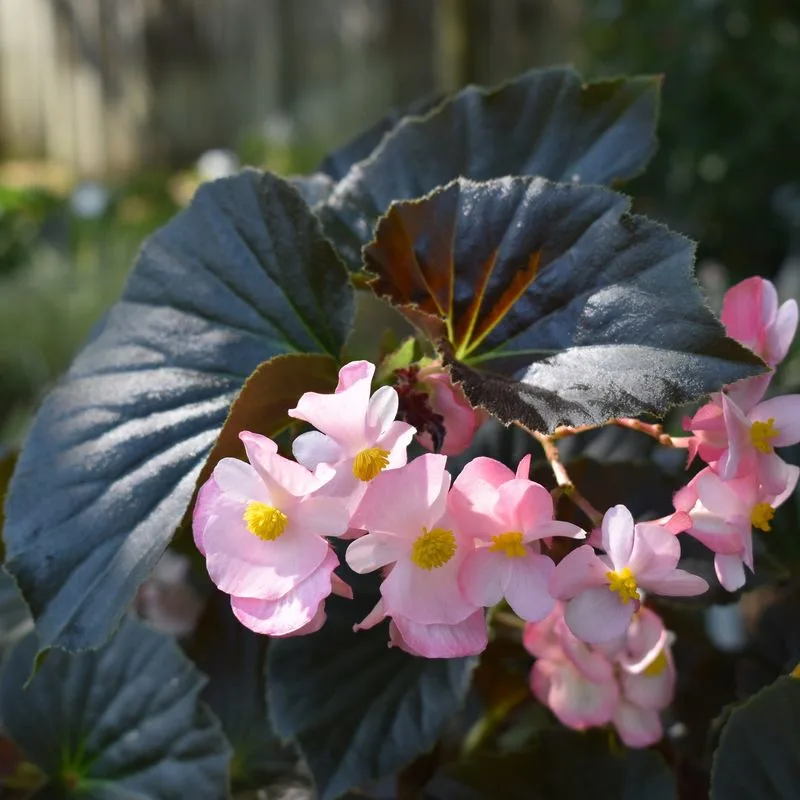
Famed for their vibrant blooms and striking foliage, begonias signal their thirst by wilting. These plants flourish in shaded areas, making them ideal for gardens and indoor spaces with indirect light. Begonias come in a variety of colors and patterns, adding a splash of color to any setting. Native to tropical and subtropical climates, they prefer humid conditions and regular watering. An interesting nugget: begonias were named in honor of Michel Bégon, a former governor of French colonial territories in the Caribbean.
Rubber Plant
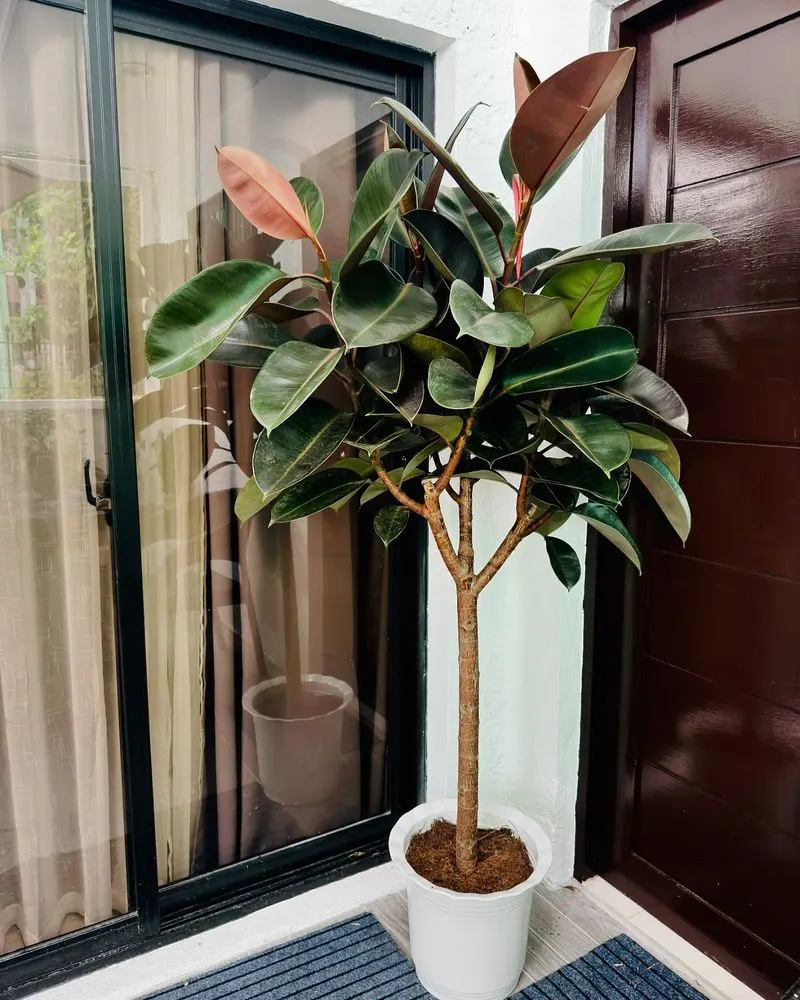
The rubber plant, with its broad, glossy leaves, is a standout in any decor. These plants indicate their need for water by drooping slightly, and once watered, they recover swiftly. Known for their air-purifying abilities, rubber plants prefer indirect light and a humid environment. Originating from Southeast Asia, they can grow impressively tall, making them popular for indoor settings. It’s interesting to note that the sap from rubber plants was once used to make rubber, hence the name.
ZZ Plant
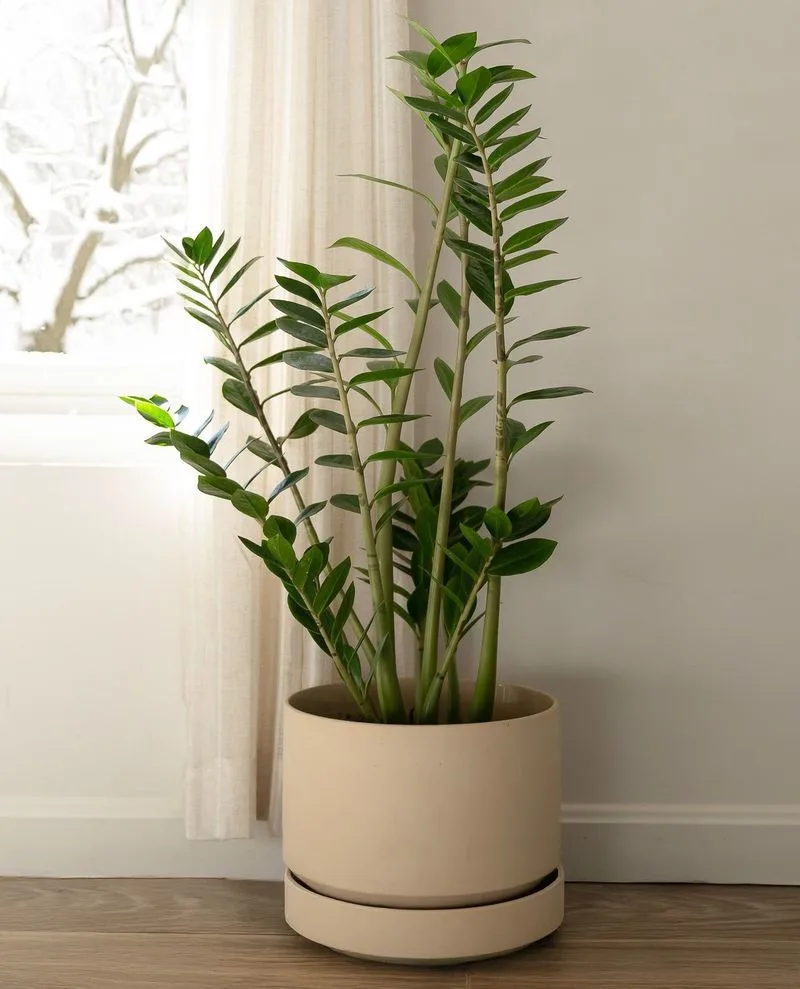
ZZ plants, with their waxy, oval leaves, are champions of low maintenance. They signal thirst by slightly wilting, but bounce back quickly once watered. Thriving in low to medium light, these plants are perfect for offices or homes with little natural light. Highly resilient, the ZZ plant is also known for its air-purifying qualities. Originating from eastern Africa, they require minimal care and infrequent watering, making them ideal for busy individuals. A simple water when the soil is dry, and they’re happy.
Pothos
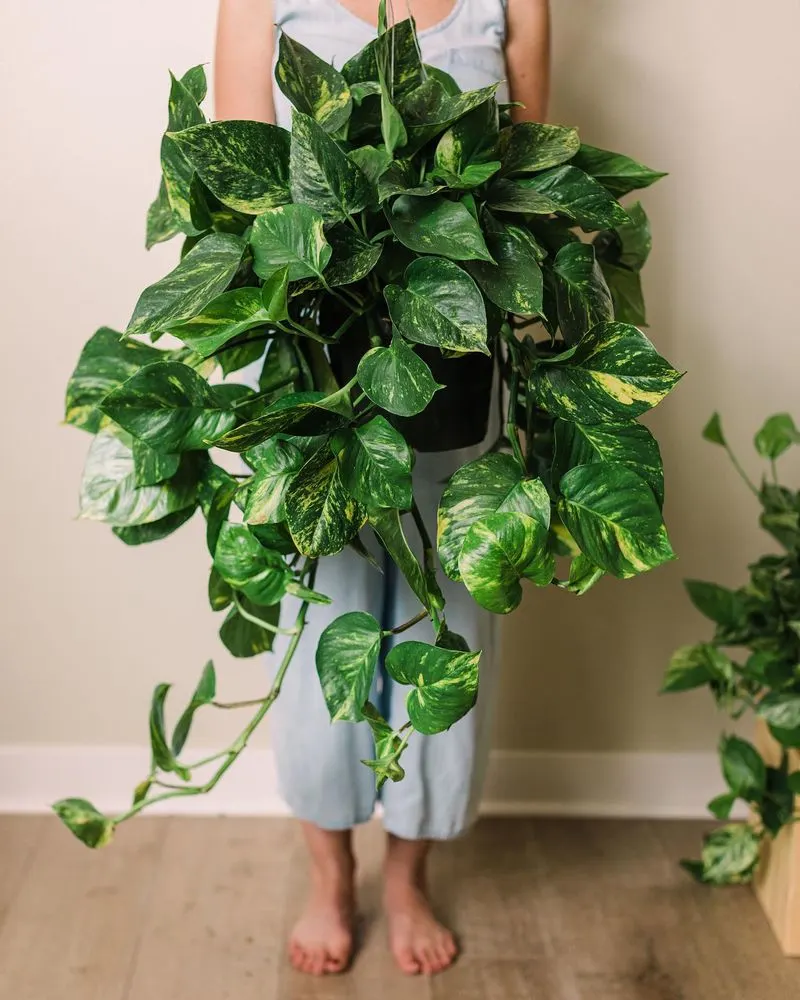
Pothos, often referred to as “devil’s ivy,” is beloved for its trailing vines and heart-shaped leaves. Leaves curling inward is a telltale sign of thirst. This versatile plant thrives in various lighting conditions and is forgiving to occasional neglect. Perfect for beginners, pothos can grow long vines that cascade beautifully from shelves or hanging baskets. Native to the Solomon Islands, they’re known for their ease of care and air-purifying properties. Water them when their soil is dry to keep them looking vibrant and healthy.
English Ivy
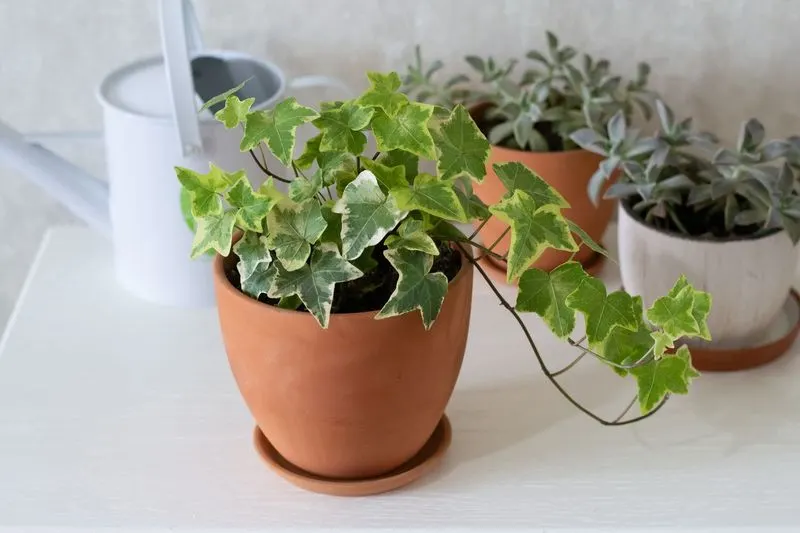
English ivy is renowned for its ability to climb and cover surfaces, making it a popular choice for vertical gardens. This plant indicates thirst by wilting gently, but recovers swiftly with a drink. Preferring cool, moist environments, it does well both indoors and outdoors. Known for its classic, elegant appearance, English ivy is native to Europe and Western Asia. A curious fact: it has been used in traditional medicine for its potential anti-inflammatory properties, and it’s also a natural air purifier, improving indoor air quality.
Philodendron
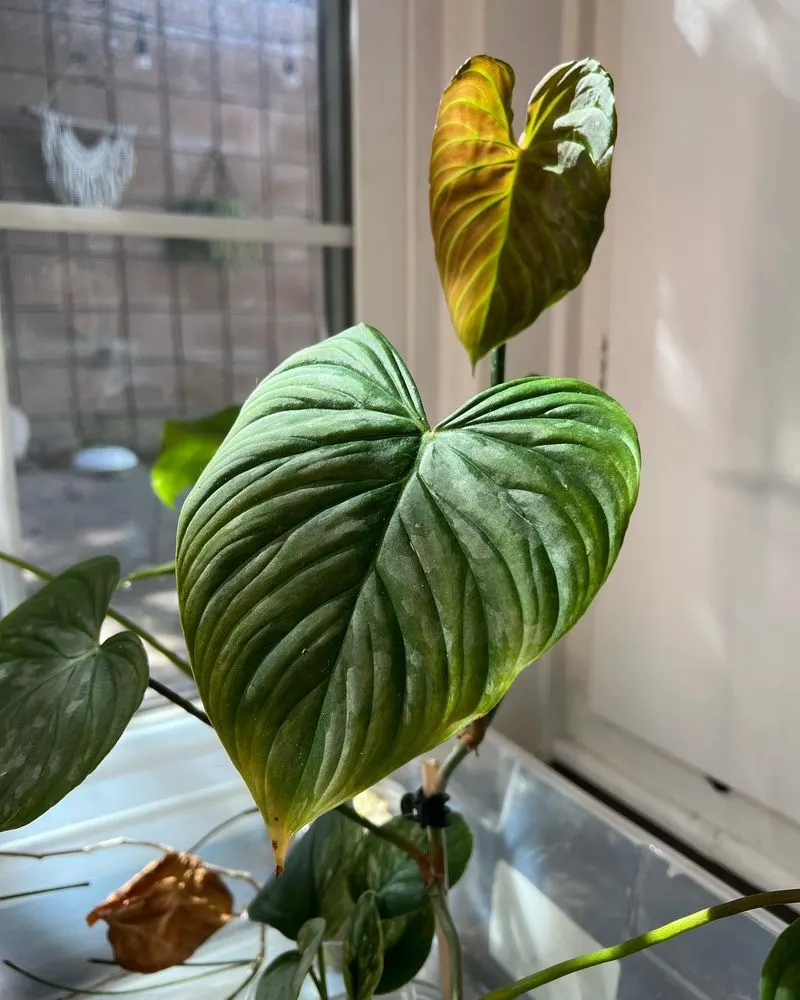
Philodendrons, with their lush, heart-shaped leaves, are a favorite among plant enthusiasts. Their leaves droop slightly to signal thirst. This adaptable plant thrives in low to bright indirect light, making it versatile for various indoor environments. Originating from the tropical Americas, philodendrons are known for their vining nature, perfect for adding greenery to high shelves or as hanging plants. They require moderate watering and appreciate occasional misting to keep their foliage vibrant. With so many varieties available, there’s a philodendron for every plant lover’s style.
Succulents
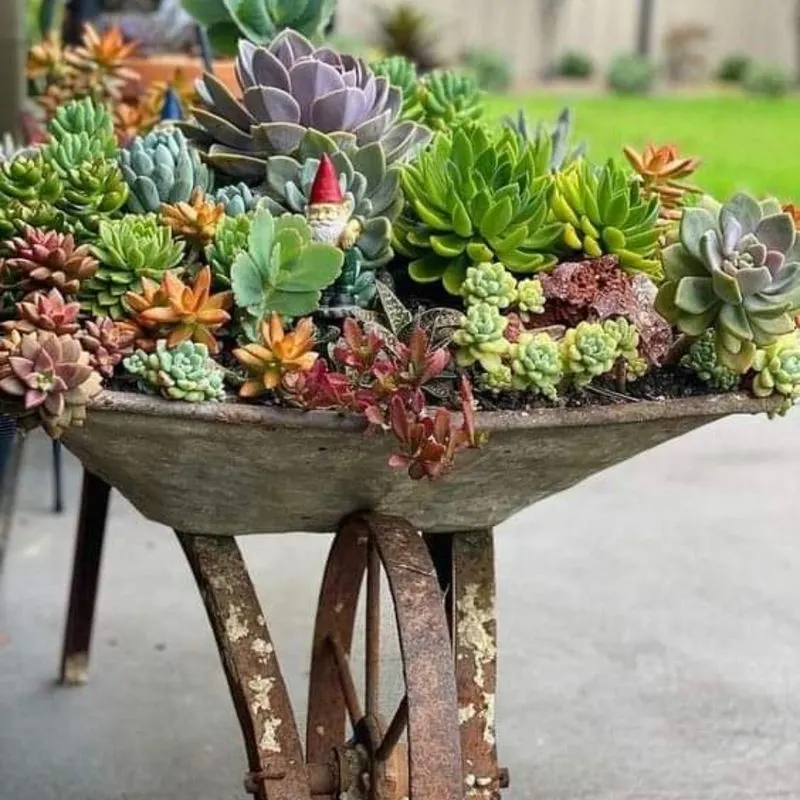
Succulents are beloved for their diverse shapes and colors. When thirsty, their leaves shrivel slightly—a cue for watering. These drought-tolerant plants thrive in bright, sunny spots and prefer their soil to dry out completely between waterings. Originating from arid regions around the globe, succulents store water in their leaves, allowing them to survive extended periods without moisture. A fascinating tidbit: succulents have been used in decor and jewelry for their striking appearance. They’re perfect for those seeking low-maintenance, eye-catching plants.
Calathea
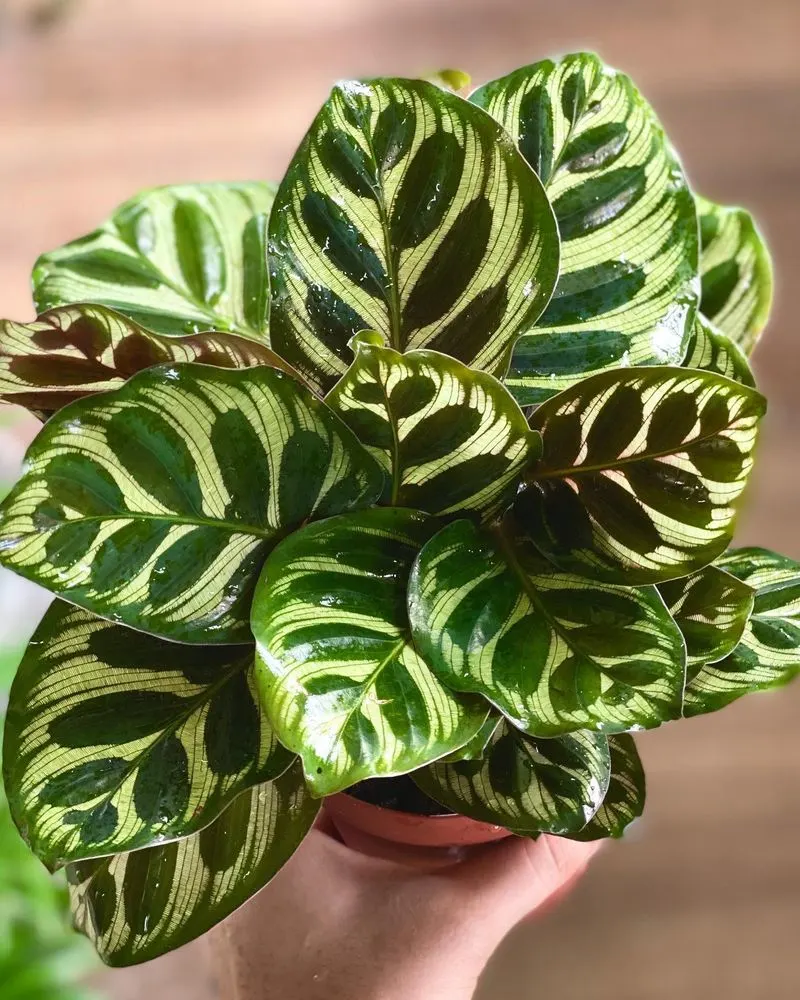
Calatheas are celebrated for their stunning, patterned leaves. When they curl, it’s their way of communicating a need for water. These plants thrive in indirect light and high humidity, making them ideal for bathrooms or kitchens. Native to the tropical Americas, calatheas exhibit a unique behavior known as “nyctinasty,” where leaves move in response to the day-night cycle. Regular watering and misting help maintain their vibrant foliage. For plant enthusiasts seeking a visual delight, calatheas add a touch of the exotic to any collection.
Croton
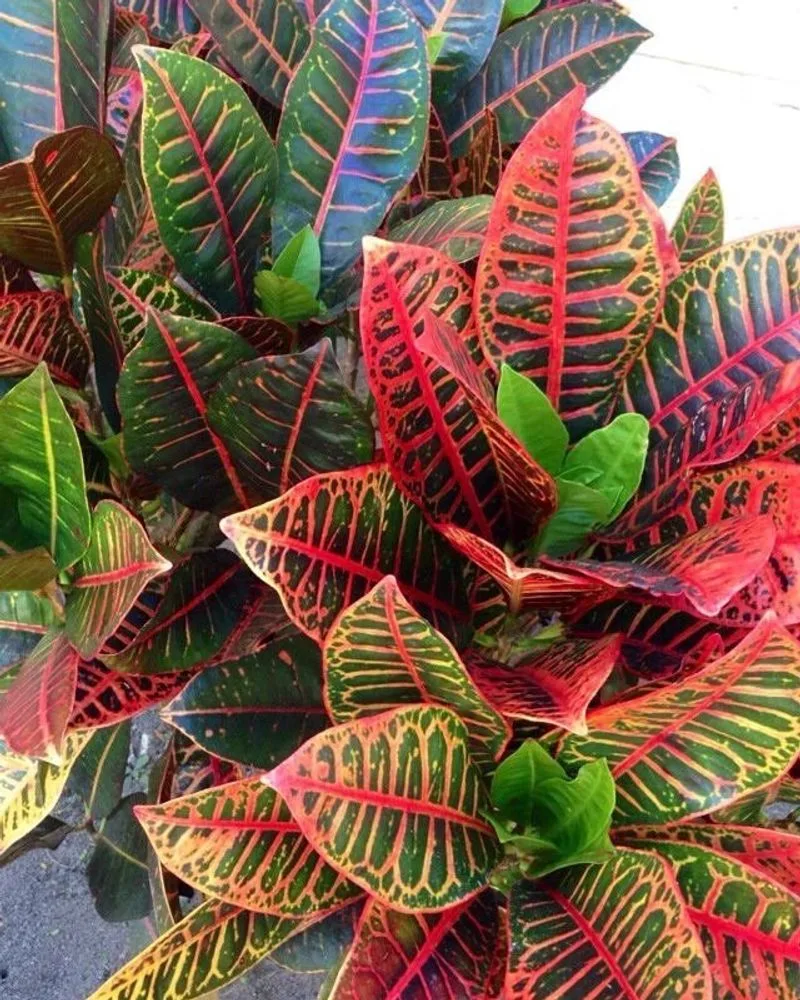
Crotons are eye-catching with their vibrantly colored leaves. When thirsty, they communicate by drooping slightly. Preferring bright, indirect sunlight, these plants add a splash of color to any indoor space. Originating from Southeast Asia, crotons are known for their diverse leaf patterns and hues, ranging from deep greens to fiery reds and oranges. Regular watering helps maintain their vivid appearance, but they prefer well-draining soil. A fun fact: crotons are a popular choice in tropical gardens, prized for their showy foliage.
Maranta
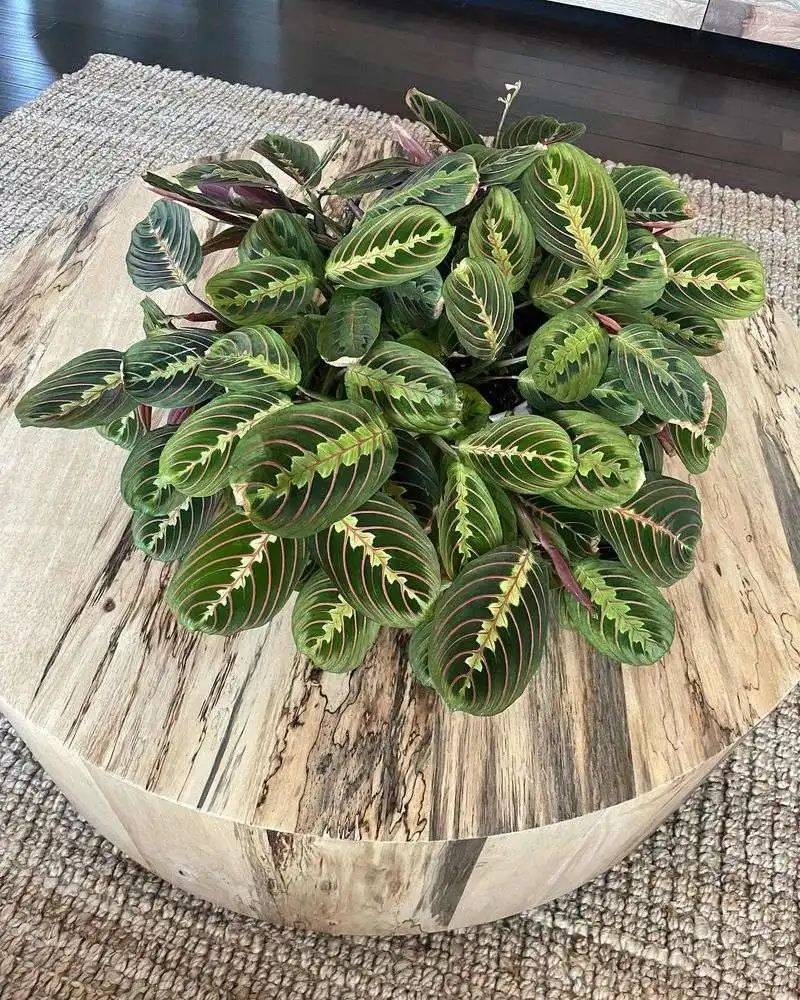
The maranta, or prayer plant, is famous for its unique leaf movement. Curling leaves indicate it’s time for a drink. These plants thrive in indirect light and high humidity, making them perfect for cozy nooks. Originating from the rainforests of Brazil, marantas display a fascinating nightly movement where their leaves fold up, resembling hands in prayer. Regular watering and misting keep their foliage lush and active. For those interested in dynamic plants, the maranta offers both beauty and an entertaining show of nature’s wonders.
Kalanchoe
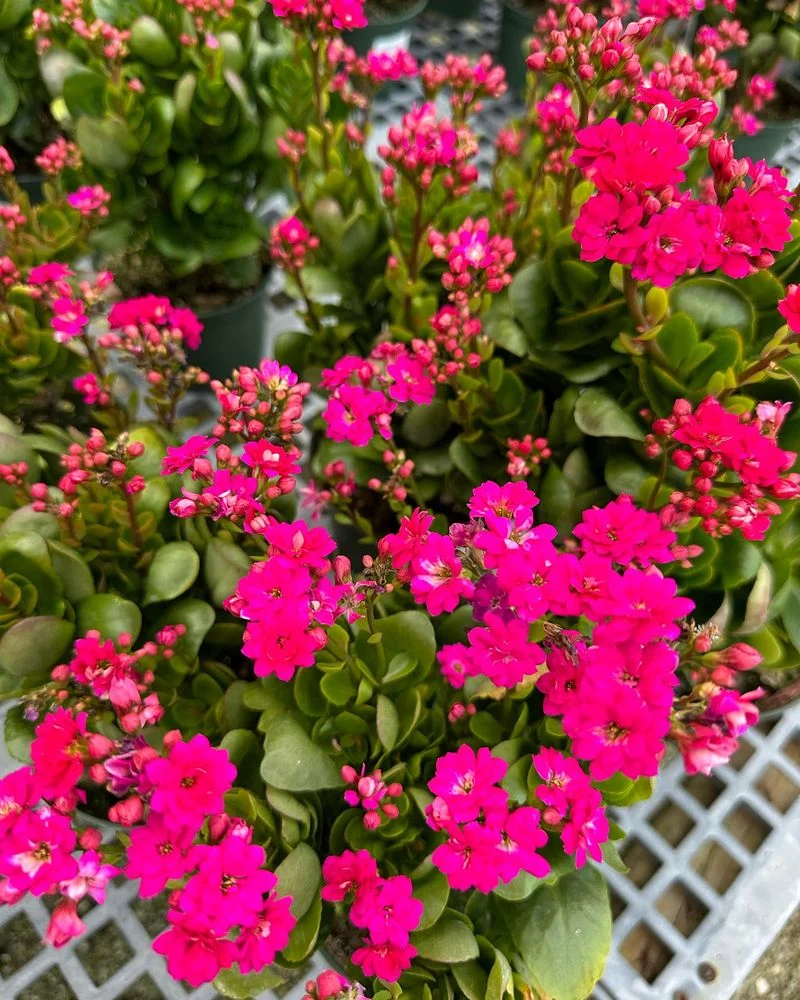
Kalanchoes are known for their charming blooms that last for weeks. When thirsty, their leaves pucker slightly, signaling it’s time to refresh. These succulents prefer bright, sunny spots and require minimal watering. Originating from Madagascar, kalanchoes have adapted to store water in their fleshy leaves. They are a favorite for gifting due to their long-lasting flowers and ease of care. A quirky fact: kalanchoes have been used in traditional medicine for their anti-inflammatory properties, and they are also popular in floral arrangements.

